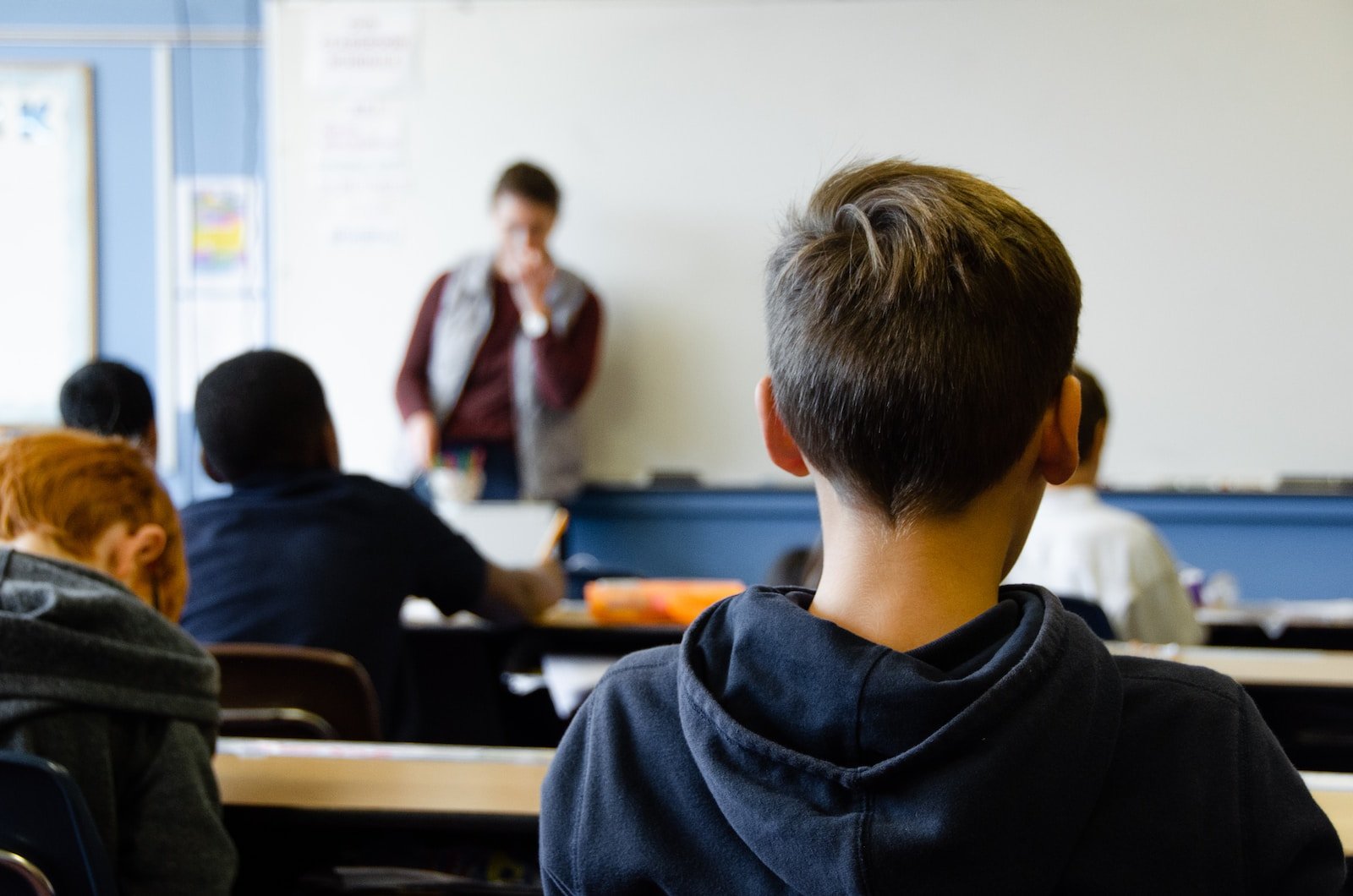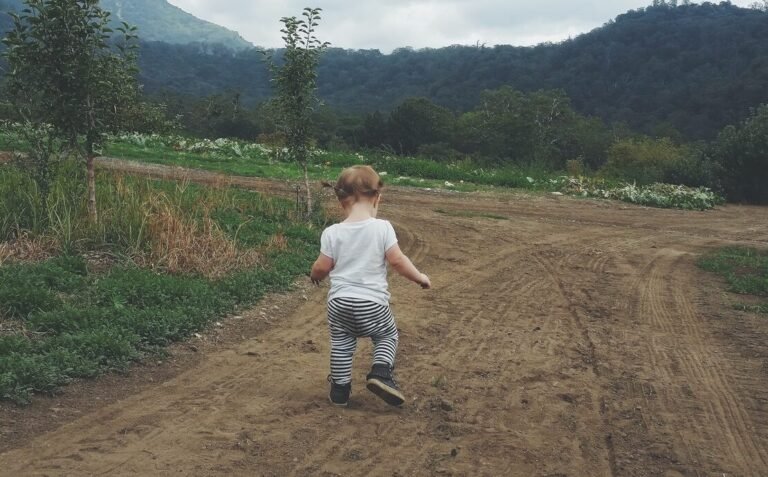Challenges in Reengaging Students
A Grade 8 student was new to a school in my district. Whenever s/he went to school, the student avoided social contact by sleeping in class and wearing a hoodie and Covid mask all day long.
The student’s homeroom teacher and other staff flagged the problem, and I became involved. As a re-engagement teacher, I work with Grade 7 and 8 students who attend school inconsistently or not at all.
Why do students disengage from school? There are no easy answers, and each situation is unique. But from my experience, some factors can include:
– Learning gaps
– Academic concerns
– Not getting along with family
– Mental health issues, such as the effects of trauma
– Problems adjusting after changing schools
– Little interest in socializing
– Parenting issues
Another contemporary reason students are disengaging or walking away from school relates to the Covid-19 pandemic. In fact, the negative effects of the pandemic were a factor in the creation of my specialty teaching position: this role in my board of education didn’t exist before Covid.
Starting to turn things around
When I met the Grade 8 student mentioned above, s/he was reluctant to speak to me. And I wasn’t surprised: social withdrawal is a common reaction in such cases.
My first step in helping turn the situation around was to hear the student’s story and to understand where s/he was at.
The process of re-engaging students involves considering many factors, such as the ones listed above. It’s also important to define what success would look like for each student: each person and situation is unique.
My overall goal is to build bridges and re-establish a student’s connection with school, ensuring they feel safe and included. Under the supervision of the Principal of Alternative Education, I work closely and in collaboration with students, families, social workers, and school staff.
My one-on-one work with the students is as a coach, consultant, and advocate. Re-engagement teachers examine the academic, social, physical, spiritual, and environmental aspects of school – and the pain points for the students we’re counselling.
Building trust
In the case of my Grade 8 student, I listened, focused on their major concerns, and made sure I was consistent in visiting and doing what I said I’d do. As the student got to know me and saw me as an advocate, trust began to build. And in time, the student took part in advocating for themself. Eventually the student’s mask came off – and the hood went down. S/he smiled occasionally and began communicating with other students and school staff.
The results of this work have shown me the positive impact of personalized support and dedication. Students can overcome obstacles and reconnect with their education – they can transform. I’m fully committed to helping disengaged students realize their potential, and to creating an inclusive and supportive learning environment where each person can flourish.
This past June I had the privilege of watching my now fully engaged student walk across the stage after they announced his/her name. And it was a proud moment when the student shook the Principal’s hand as a Grade 8 graduate.








